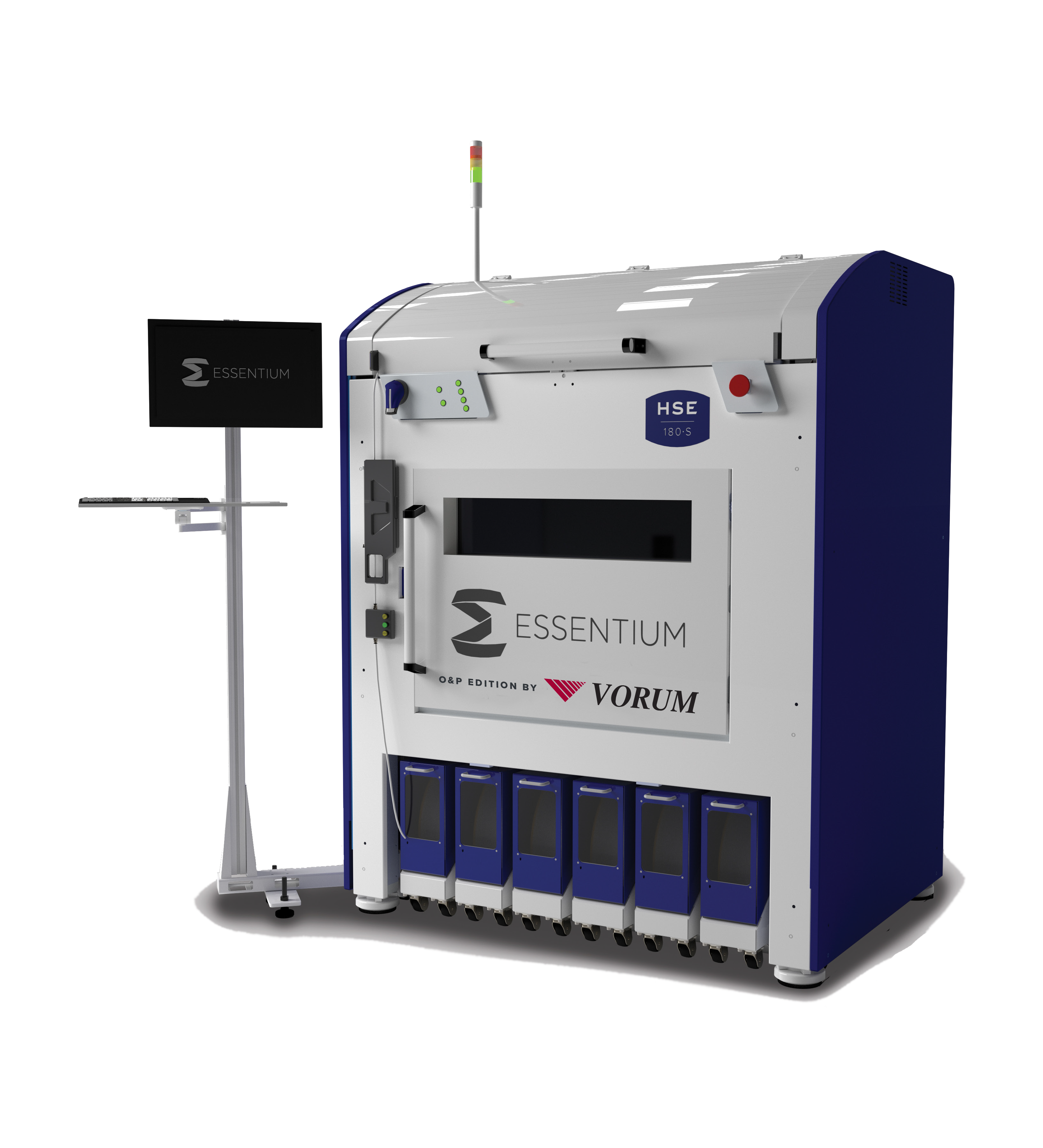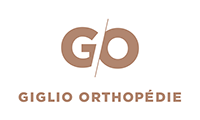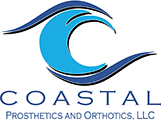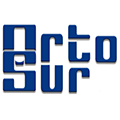Tools to design your device, not just a mold.
The first 3D-printed high-definition O&P devices in production volumes.
The next evolution of O&P digital design
For many years now, O&P CAD/CAM solutions—consisting of 3D scanners, shape modification software, and mold carvers—have enabled thousands of clinicians to more precisely craft devices at a dramatically faster pace than is possible with old casting methods.
The 3D printing-based CAD/CAM process still begins with a scanner to accurately capture your patient’s shape. O&P design software is still used, but rather than modifying the patient shape to create a positive mold, the final device design is generated and can include sophisticated cellular wall structures of variable thickness and stiffness.
The design file is then sent to a 3D printer for fabrication. The traditional CAD/CAM process involved carving a foam mold then thermoforming uniform thickness plastic sheets around the mold. 3D printers replace those steps with a process called additive manufacturing (AM) that precisely deposits heated plastic beads or filaments to build up the final O&P device directly.
Lighter, more comfortable, and better-performing devices.
Practice your craft at a higher level


































